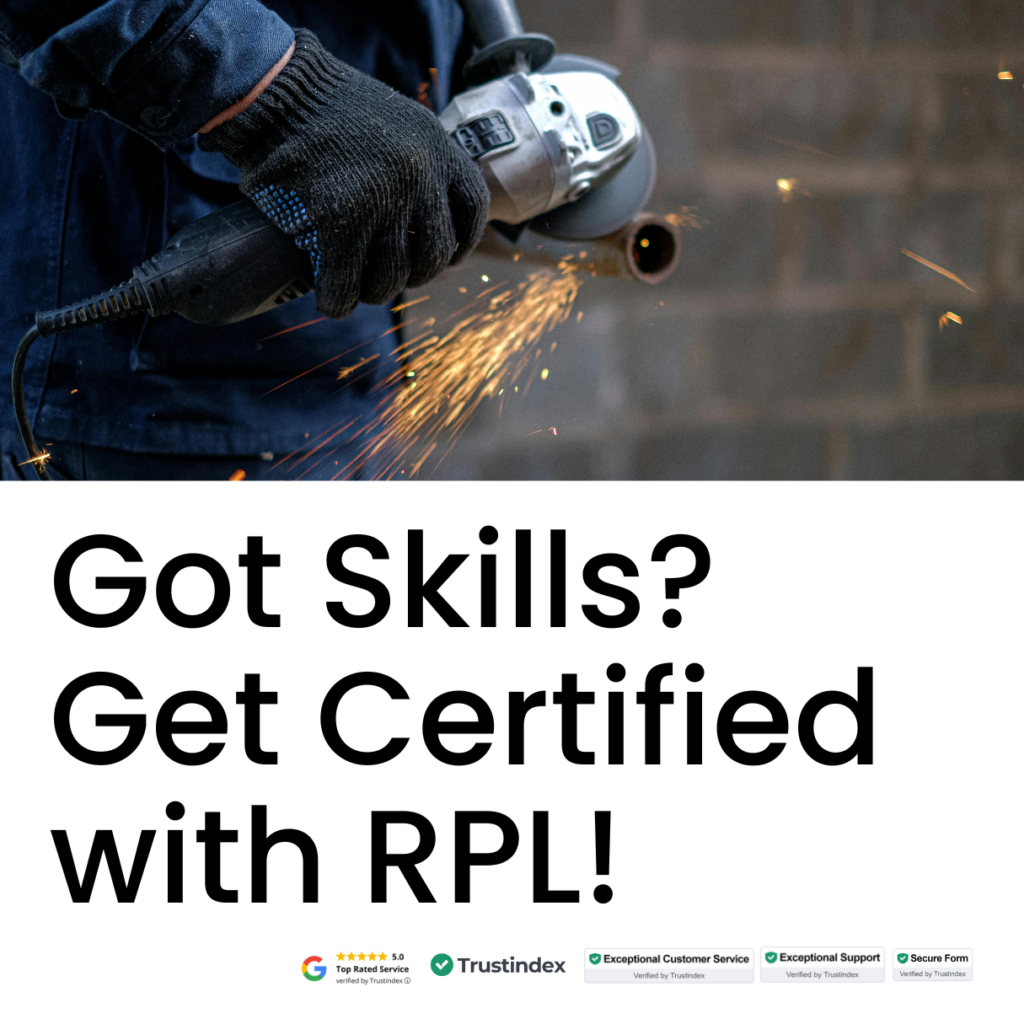Submitting evidence is a critical step in your Recognition of Prior Learning (RPL) journey. But it’s not just about what evidence you submit—it’s how you present it that can make all the difference.
This blog shares best practices to help you showcase your skills and experience clearly, professionally, and persuasively, maximising your chances of RPL approval.
1. Understand What Assessors Are Looking For
Before preparing your evidence, familiarise yourself with the qualification requirements and the competencies assessors must verify. This focus will help you gather relevant documents that directly address these needs.
Learn more about assessor expectations in: RPL Evidence: What Assessors Need to See.
2. Use a Clear, Organised Structure
A well-organised portfolio helps assessors find and understand your evidence quickly:
- Start with a table of contents.
- Use sections and subheadings aligned to the qualification’s competency units.
- Label every piece of evidence with clear titles and dates.
- Group similar documents together (e.g., work samples, references).
For detailed organisation tips, visit: The Ultimate Checklist for Building Your RPL Portfolio.
3. Provide Context and Explanations
Don’t assume assessors know the background of each document. Include brief but clear descriptions that explain:
- What the evidence is.
- How does it relate to specific skills or competencies?
- Your role and responsibilities in the examples provided.
- Outcomes or results, where applicable.
Get guidance on writing effective supporting statements in: Mastering RPL Evidence: Types, Rules, and Submission Tips.
4. Focus on Quality, Not Quantity
Avoid overwhelming assessors with too many documents. Select the most relevant, recent, and strongest pieces of evidence that demonstrate your capabilities.
5. Use a Variety of Evidence Types
Combine different evidence types to build a comprehensive picture:
- Direct evidence: Work samples, project reports, performance appraisals.
- Indirect evidence: Reference letters, training certificates.
- Supplementary evidence: Reflective statements, photos, logs.
Explore evidence types and how to collect them in: How to Gather and Submit RPL Evidence for Maximum Impact.
6. Keep Evidence Authentic and Verifiable
Submit genuine documents. Be prepared to verify or authenticate your evidence if requested.
7. Format for Professional Presentation
- Ensure all documents are clear, legible, and free of errors.
- Use consistent formatting (fonts, margins).
- Scan physical documents cleanly if submitting digitally.
- Use PDFs or other preferred formats specified by the RTO.
8. Address Gaps Proactively
If you know certain competencies have limited evidence, provide reflective statements explaining your experience and plans for gap training, if applicable.
Learn about managing gaps in: How RPL Can Help You Transition to a New Career Path Without Starting Over.
9. Review and Proofread
Before submission, thoroughly check your portfolio for completeness, clarity, and professionalism.
10. Seek Expert Guidance
Leverage resources and expert help, such as STUDYIN’s qualification-specific checklists and guides, to ensure you’re on the right track.
Final Thoughts
Presenting your RPL evidence, honestly and professionally, can significantly improve your chances of approval. By following these best practices, you’ll demonstrate your competencies effectively and speed up your pathway to qualification.
Start preparing your portfolio with STUDYIN’s Free 40-Second RPL Skill Assessment and expert support every step of the way.
All qualifications are awarded by our trusted partner RTOs.









